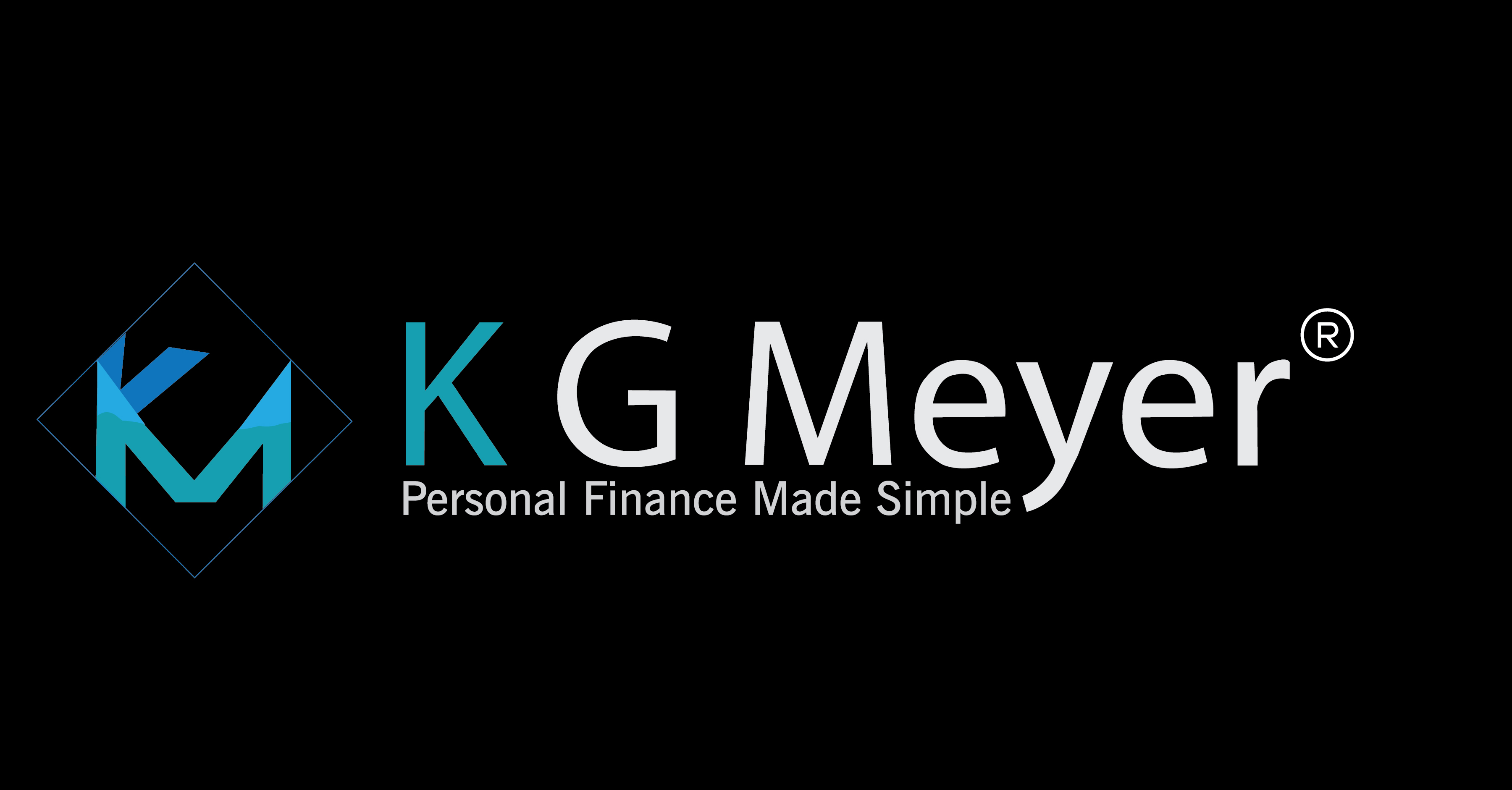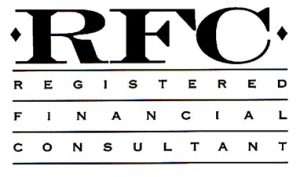
Many people think retirement is something that just happens. People, especially millennials, plan on funding their retirement by luck or inheritance. This is no way in which to begin even to try and fund your retirement. Better yet the best path to a successful retirement is first to know some of the key terms that are associated with one’s retirement. So let us examine some of the more common terms associated with retirement.
First, let us look at something that is disappearing from most people’s retirement and that is a defined benefit plan or more commonly known as a pension. This is an employee-sponsored plan that will provide you a payment once you are in your retirement years. This could be a monthly amount or in some instances a lump sum payment. In these plans, you may or may not contribute to a pool of money that is invested on behalf of all covered employees.
Provided the pool of money maintains and even increases in value future payments are going to be covered. Typically, in these plans, you are not asked to contribute to the pool of funds that will one day pay your pension. In today’s world, these plans are declining and are basically disappearing from the private workplace.
Defined contribution plans are a whole different animal in the retirement world. These are a do it yourself version of the pension. Here you are the one who contributes a portion of your pay to a plan sponsored by your employer, and the funds are invested in a variety of investments. In many instances companies will match your own contributions up to a certain percentage. Here it is always important to contribute up to the point where the match ends, or you are leaving what amounts to free money on the table so to speak. Here what you end up with in your retirement account is based on what you contribute and how the investments do while you are working.
A 401(k) is the private industry’s version of the defined contribution plan. Here you can be provided with one of two choices by either investing in a Traditional account or a ROTH account. The key is you are only allowed to contribute up to $18,000 in 2016 to a combination of these plans. For those over the age of 50 the government allows a catch-up contribution of an additional $6,000 a year to be made. In a Traditional account, the taxes are paid when the funds are withdrawn. On the other hand, with a ROTH account, the taxes are paid before they are invested and become tax-free upon withdrawal.
The match was briefly touched upon earlier, but here it will be talked about a little more and given a little more meaning. In many companies with defined contribution plans the company will match dollar for dollar or a percentage of what the employee contributes. If your company offers this in your plan, always do make sure you take full advantage of it by contributing at a minimum what the company will match.
And IRA is one of the main tools in someone’s retirement that does not have a 401(k) at work. It stands for Individual Retirement Arrangement or more commonly Account. Unlike an account at work, these are set up by individuals and are limited by one’s income. As you earn more these are phased out as you earn more. In 2016, people are capped at contributing $5,500 and like 401(k) plans those over the age of 50 are allowed an extra $1,000 to contribute. Here you are free to invest in any number of things and are only limited by the plan’s administrator. In some instances, you are even able to invest in real estate and precious metals.
Target date funds go by many names, but the general meaning of them all is the same. Some other names for these funds are lifecycle and age-based funds. Here you pick your risk tolerance and retirement date and invest accordingly. As you near your target retirement date the fund will automatically become more conservative and invest in more bonds rather than equities. If you are going to work for at least the next 25 years, most people will pick a fund near 2040. Most funds go in five or ten-year increments.
And finally, a rollover is used when you leave one place of employment and go somewhere else and decide for whatever reason to take your 401(k) with you. This can be done in one of two ways as a rule. The first is to roll the old 401(k) into your new employer’s plan. This may be for reasons such as you want to keep all of your accounts as simple as possible or the old plan may charge more than the new one does. In many instances, people will take an old 401(k) plan and roll it over into an IRA, which gives them more flexibility to invest the funds as they see fit. Here you will be responsible for what the IRA invests in not your employer. Whenever you roll any retirement account over you, need to make sure to have one plan administrator deal directly with the new one to avoid any possible taxes or penalties.
If you need more information or have any questions, feel free to leave a comment on the post or contact me directly.



